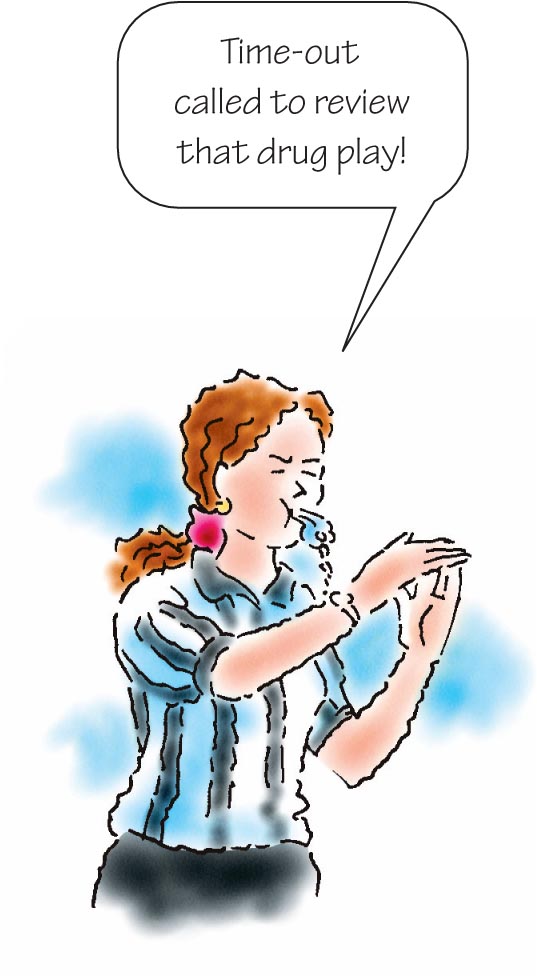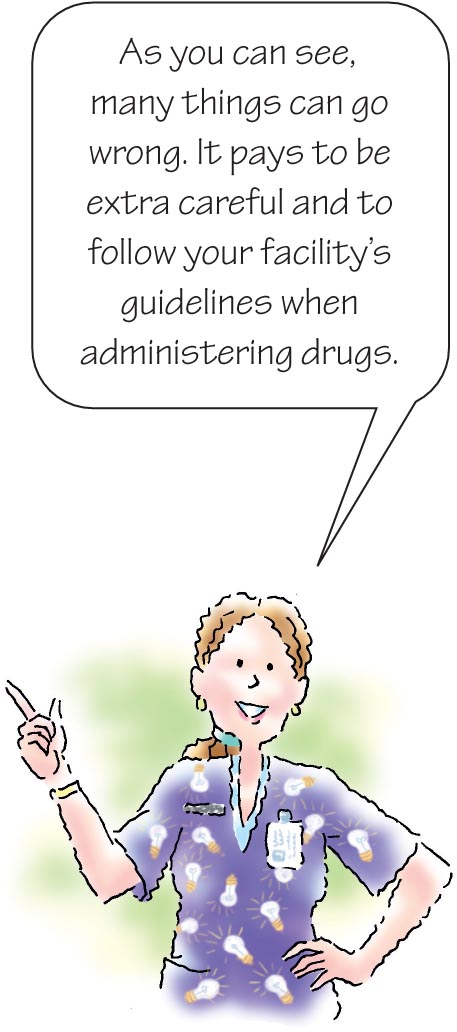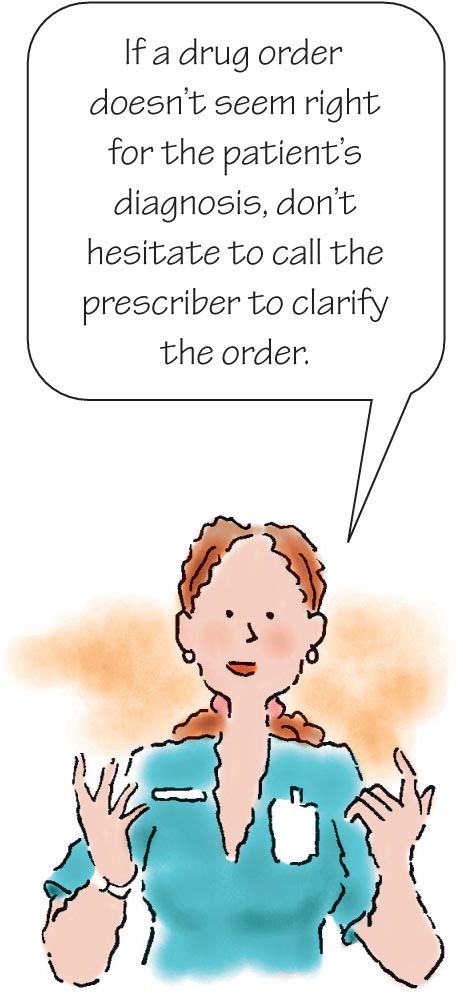Drug errors cause thousand s of injuries and deaths in healthcare settings every year. In fact, in U.S. hospitals alone, they're responsible for about 15,000 deaths annually. Because only about 1 out of every 10 drug errors is reported, no one knows exactly how many errors actually occur. Despite such discouraging statistics, finding better ways to safeguard patients against these kinds of errors has become a national healthcare priority.
Depending on where you practice nursing, several different healthcare professionals, including doctors, advanced-practice registered nurses, medical assistants, dentists, podiatrists, and optometrists, may be legally permitted to prescribe, dispense, and /or administer medications. Usually, however, doctors prescribe medications, pharmacists prepare and dispense the drugs, and nurses administer them to patients.

As a nurse, you're almost always on the front line when it comes to medication administration. That means you also bear a major share of the responsibility in protecting patients from all types of drug errors. Be proactive! Get into good habits early in your career. Double-check yourself and don't be afraid to ask for help or advice from colleagues.
Many kinds of drug errors can occur in everyday nursing practice. Consequently, each institution has its own set of guidelines for how and when to properly administer drugs to patients, and each nurse is responsible for knowing what those guidelines are. Besides faithfully following your facility's administration policies, you can help prevent drug errors by studying and avoiding the common slip-ups that allow them to happen. (See Common drug errors.)

To prevent medication errors, avoid distractions and interruptions when preparing and administering medications and adhere to the “six rights” of medication administration: identify the right patient using two patient identifiers, right medication, right dose, right time, right route, and right documentation. Some literature identify up to nine rights of medication administration, which in addition to the six rights include the right action (or reason for the medication), the right form, and the right response.
